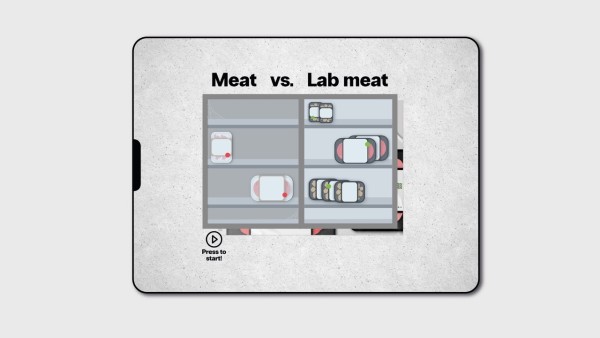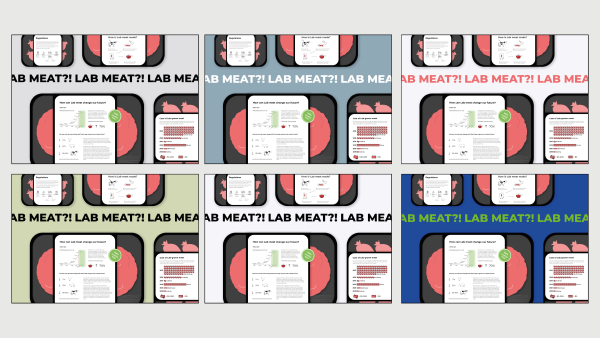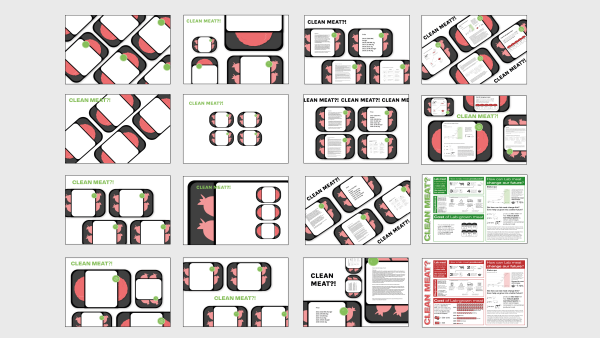Informationsgestaltung
Lab Meat – What is it and can it change our future?

Mock-up of the AR Implementation

Variations

Layout Variations

Mock-up of the AR Implementation

Variations

Layout Variations